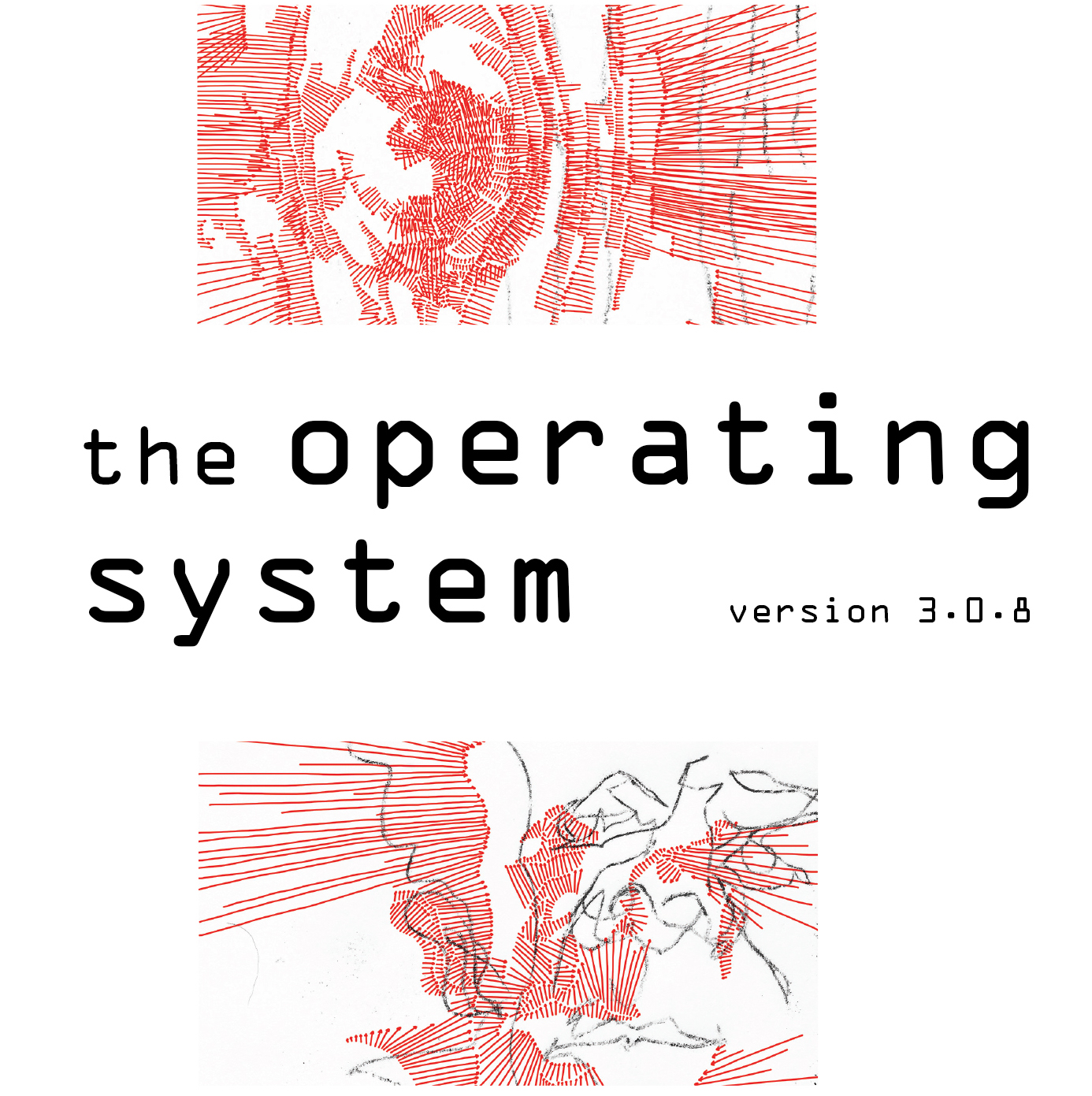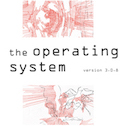MUSIC / DANCE :: COMING TOGETHER / ATTICA at THE INVISIBLE DOG ART CENTER, JUNE 12-15
Highlights from Coming Together/Attica from Rebecca Lazier on Vimeo.
COMING TOGETHER/ATTICA
JUNE 12 – 15, 2013
The Invisible Dog Art Center
51 Bergen Street, Brooklyn
Music by Frederic Rzewski (1971)
Text by Sam Melville (1971)
Performances:
- Thursday, June 13 at 7:00 p.m. and 9:00 p.m.
- Friday, June 14 at 7:30 and 9:30 p.m.
- Saturday, June 15 at 7:30 and 9:30 p.m.
The performance lasts 50 minutes. Seating is limited.
Join Exit Strata at Invisible Dog Art Center for an exciting collaborative venture between choreographer Rebecca Lazier and indie-classical ensemble Newspeak (led by composer David T. Little, featured previously on Exit Strata for “Soldier Songs” and “Dog Days”), as they present the NY premiere of Coming Together/Attica — an immersive, site-specific dance work set to Frederic Rzewski’s iconic scores.
Here, again, we have an example of the constantly evolving, innovative, critically essential new music and performance scene, as it tackles the re/presentation of contemporary and historical events — and draws on collaboration with a wide range of source materials and disciplines in so doing. As with “The War Reporter,” “In the Shadow of No Towers,” “Soldier Songs,” and “Dog Days,” we cannot help but note the impact and relevance of these sensory dialogues in the public imaginary — do they not, as Paul Watson found in the staged, composed version of his words, get closer to the “truth” of these human experiences than any “empirical” data has the power to do? Stay tuned for a RE:CONVERSATION with Lazier and Little next week for more on the development of COMING TOGETHER/ ATTICA, and a rich exchange around the role of such collaboration in the current cultural climate.
Performing for the Invisible Dog premiere are Rashaun Mitchell and Silas Riener (formerly of Merce Cunningham Dance Company); Asli Bulbul, recently from Bill T. Jones/Arnie Zane Dance Company; Jennifer Lafferty, who is featured in the work of Beth Gill and Yasuko Yokoshi; Pierre Guilbault; and Christopher Ralph. David T. Little of Newspeak will conduct, with Mellissa Hughes as the vocal soloist. Lighting design by Bessie winner Davison Scandrett, costumes by Mary-Jo Mecca.
The libretto comes from the following letter written by Sam Melville, an inmate at Attica prison and was one of the leaders of the 1971 riots — where he was killed.
dear brother,
i think the combination of age and the greater coming together is responsible for the speed of the passing time. its six months now and i can tell you truthfully few periods in my life have passed so quickly. i am in excellent physical and emotional health. there are doubtless subtle surprises ahead but i feel secure and ready.
as lovers will contrast their emotions in times of crisis, so am i dealing with my environment. in the indifferent brutality, incessant noise, the experimental chemistry of food, the ravings of lost hysterical men, i can act with clarity and meaning. i am deliberate — sometimes even calculating — seldom employ histrionics except as a test of the reactions of others. i read much, exercise, talk to guards and inmates, feeling for the inevitable direction of my life.
special love,
sam
A Little History:
On September 9, 1971 about 1,000 prisoners inside the Attica Correctional Facility in New York seized control of the prison, taking 33 staff hostage. The State began negotiating with the prisoners.
During the following four days, authorities agreed to 28 of the prisoners’ demands, but would not agree to demands for amnesty from criminal prosecution for the prison takeover or for the removal of Attica’s superintendent. On the order of Governor Nelson Rockefeller, State Police dropped tear gas into the yard and fired blindly into the smoke for two minutes. By the time the firing ceased, at least 39 people were dead, including 10 correctional officers and civilian employees.
Media reports at the time claimed inmate hostage-takers had slit the throats of many of their hostages. These reports were later found to be entirely and deliberately fictitious. All the dead, including the hostages, had been shot by the State. With the exception of Indian massacres in the late 19th century, the State Police assault that ended the four-day prison uprising was the bloodiest one-day encounter between Americans since the Civil War.
The writer of the letter, Sam Melville, had been arrested in 1969 for a series of bombings in Manhattan, each preceded by calls to ensure injuries were avoided and accompanied by detailed writings explaining how he thought the businesses within the structures spread death and poverty.
Born and raised in Buffalo, Melville was eighteen when he moved to New York City in the mid-fifties. In 1969, he was involved in political demonstrations against Columbia University. Then, as the Vietnam war droned on, he launched an offensive against what he saw as society’s war machine.
After his arrest, Melville was sent to the Federal House of Detention in Manhattan. At the time of his conviction the judge chastised him for the damage he had caused. Melville’s reply: “That’s about two Viet Cong.” He was sent to Attica for an 18 year sentence.
Only one year into his sentence, however, Melville was killed during the Attica prison riot in 1971. He is believed to have been murdered by a National Guard sharpshooter well after the riot ended.
Coming Together
In Coming Together Frederic Rzewski presents a single line of music and a page of musical rules which guides the ensemble in transforming Rzewski’s original seed into a full blown performance. The piece can be played by any number of players on any group of instruments. And within this environment, the players must make individual choices to create a sense of community out of what might otherwise degenerate into chaos. The music therefore never results in any two performances that are the same.
To this artistic milieu, Rzewski adds Melville’s personal reflections on his own life in a chaotic prison system of rules and individual choices.


